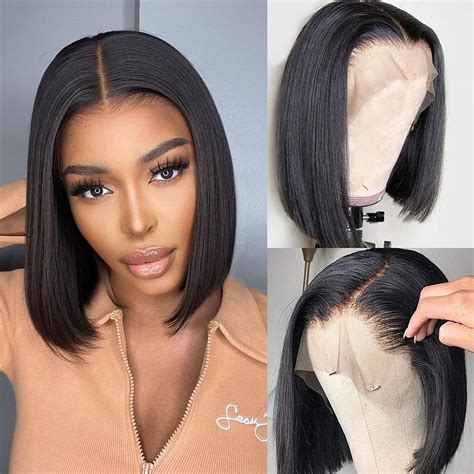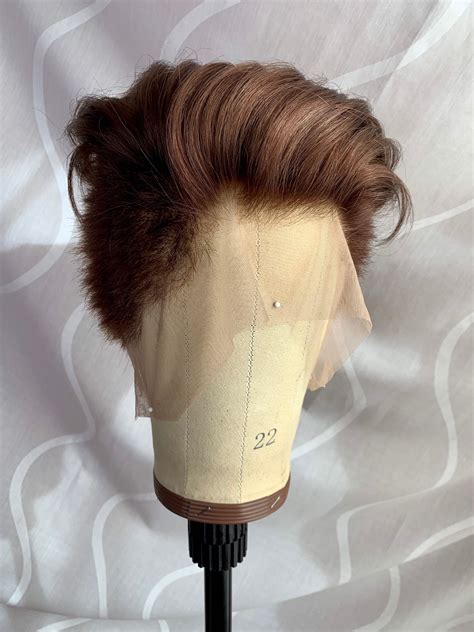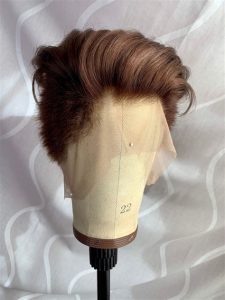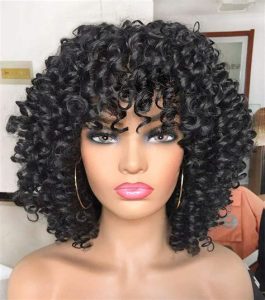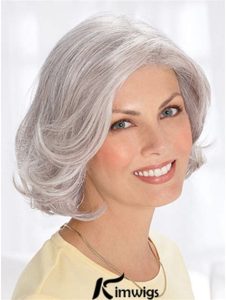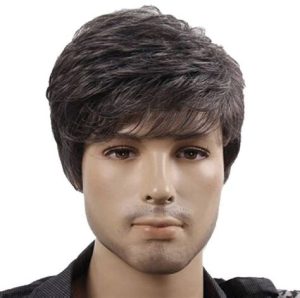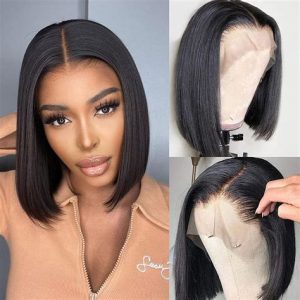Man Wig Remy Human Hair VS Synthetic Hair: The 2025 Battle
For centuries, men have sought natural-looking wigs, leading to the age-old battle between Remy human hair and synthetic hair. In 2025, this battle persists, with each contender offering unique advantages.
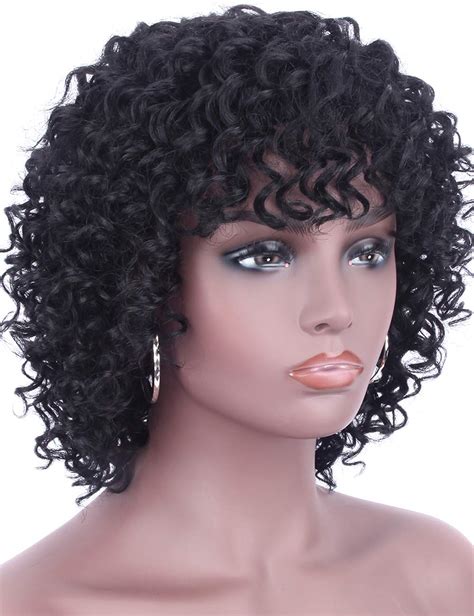
Remy Human Hair: The Natural Choice
Remy human hair is sourced from a single donor, ensuring the cuticles align in the same direction. This meticulous process gives hair its natural luster and smoothness.
- Advantages:
- Mimics natural hair texture and growth patterns.
- Can be styled, colored, and treated like your own hair.
- Lasts longer than synthetic wigs, typically 1-2 years with proper care.
Synthetic Hair: The Affordable Alternative
Synthetic hair is made from artificial fibers, primarily nylon or polyester. It offers a range of textures and colors, making it suitable for various hairstyles.
- Advantages:
- Significantly less expensive than Remy human hair.
- Readily available in a wide range of colors and styles.
- Requires less maintenance and styling.
Choosing the Right Wig: A Comparative Guide
| Feature | Remy Human Hair | Synthetic Hair |
|---|---|---|
| Appearance | Natural-looking, mimics real hair | Shiny, artificial-looking |
| Texture | Soft, silky, and smooth | Coarse, plastic-like |
| Durability | Lasts 1-2 years with proper care | Lasts 6-12 months |
| Styling | Can be styled, colored, and treated | Limited styling options, heat can damage |
| Cost | Significantly more expensive | Affordable, less than $100 |
The Direct Heading: The Pros and Cons
Remy Human Hair
- Pros:
- Natural appearance, indistinguishable from real hair.
- Can be styled and colored to match your natural hair.
- Long-lasting, providing excellent value for money.
- Cons:
- Expensive, costing hundreds or thousands of dollars.
- Requires regular maintenance, including washing, conditioning, and styling.
Synthetic Hair
- Pros:
- Affordable, costing less than $100 in most cases.
- Low maintenance, requiring minimal washing and styling.
- Widely available in various colors and styles.
- Cons:
- Artificial appearance, not as natural-looking as Remy human hair.
- Limited styling options, heat can damage the fibers.
- Shorter lifespan, typically lasting 6-12 months.
The Promise Heading: The Ideal Solution
Regardless of your budget and lifestyle, a suitable wig exists for every man. If you prioritize natural appearance, durability, and styling versatility, Remy human hair is the ideal choice. However, if affordability, low maintenance, and a wide range of options are your priorities, synthetic hair is the perfect solution.
The Shocking Heading: The Market Size
The global hair wig market is projected to reach $14.8 billion by 2025, with a compound annual growth rate (CAGR) of 6.3%. Of this, the Remy human hair segment holds a significant portion, valued at $5.6 billion and growing at a CAGR of 5.8%.
The What-If Heading: The Future of Wigs
As technology advances, the wig industry is constantly evolving. Innovations in fiber production, such as heat-resistant synthetic fibers and customized hairpieces, are pushing the boundaries of what’s possible.
Conclusion
The choice between Remy human hair and synthetic hair depends on individual preferences, budget, and lifestyle. By understanding the pros and cons of each type, men can make an informed decision that meets their specific needs. As the wig market continues to grow, expect more advancements and options to emerge, making it easier for everyone to find their perfect fit.
